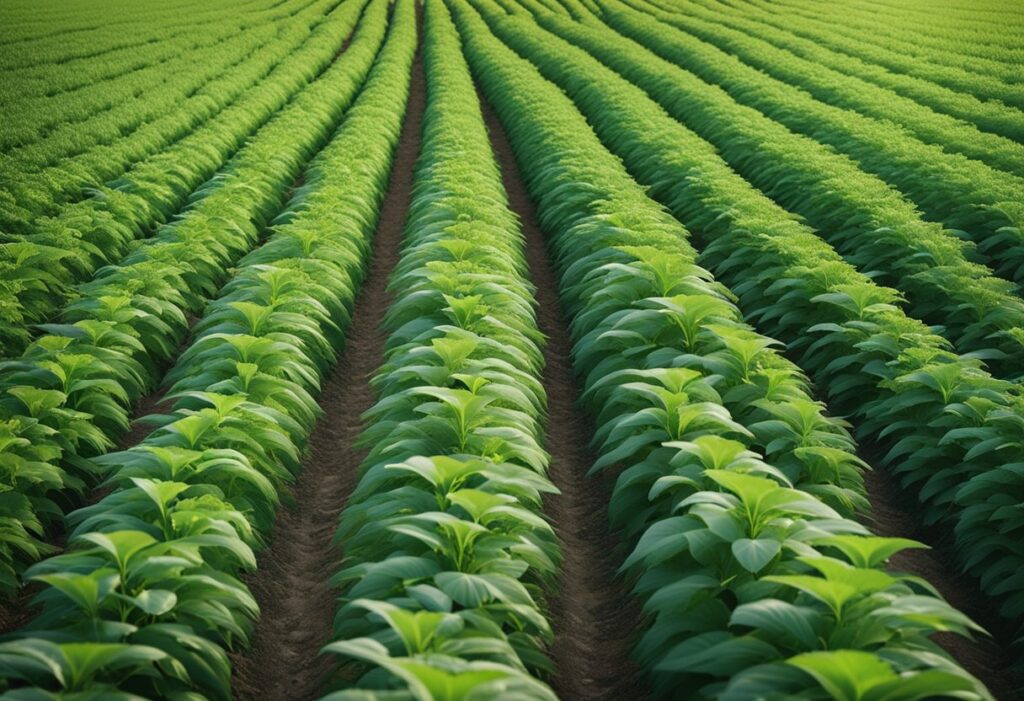
When you’re looking to grow Blue Dream, you’re embracing a staple among cannabis strains. Blue Dream, a sativa-dominant hybrid, combines the best of both worlds, marrying the invigorating cerebral experience of sativa with the calming body relaxation of indica.
Blue Dream is the progeny of two iconic strains:
Originating in California, this hybrid has made a name for itself with its remarkable balance and pleasant effects. With such rich genetics, Blue Dream seeds have the potential to thrive, particularly when given the right soil conditions for their California-bred roots.
As you embark on your cultivation journey, understanding the Blue Dream strain’s history helps you appreciate the qualities it brings to your garden. Your Blue Dream plants will carry a blend of euphoria and serenity, a testament to their well-crafted lineage. Keep in mind their hybrid nature – a genetic equilibrium that makes them versatile and accommodating to growers of varying experience levels.
Remember, when selecting seeds, purity and quality matter. Choosing seeds from a reputable source like Farmers Lab Seeds ensures you’re getting the best possible foundation for your cannabis cultivation aspirations.
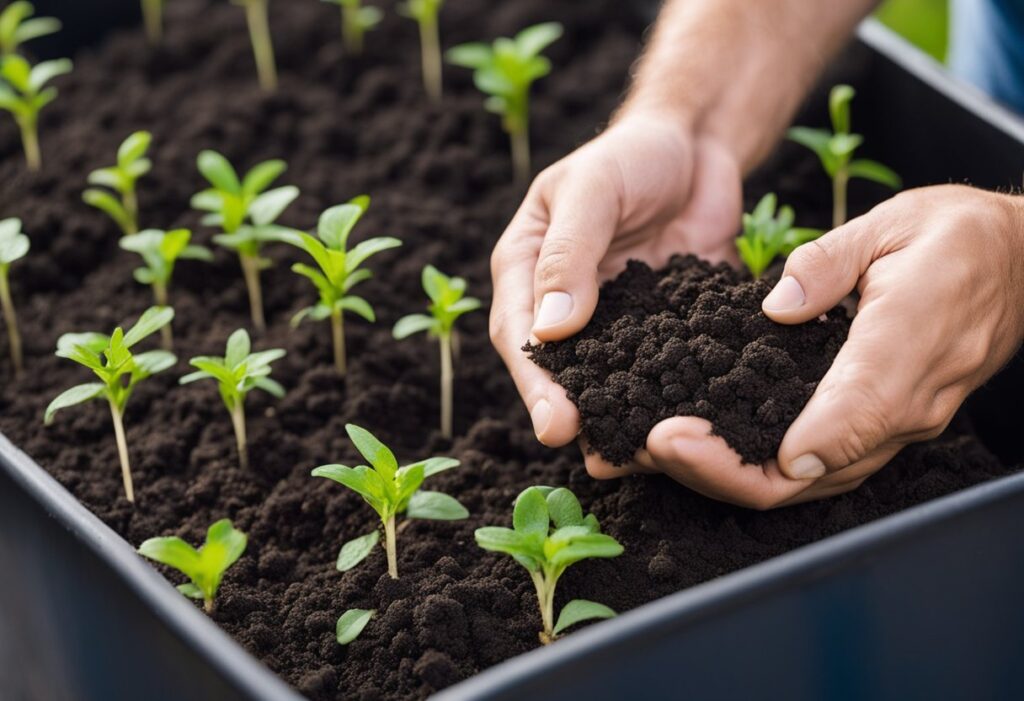
Creating the perfect soil environment is crucial for the success of your Blue Dream plants. When growing either indoors or outdoors, soil that is rich in nutrients and has proper drainage will provide the best platform for robust growth.
Soil Composition: Your aim should be to use a loose, nutrient-dense soil that allows for excellent drainage to prevent oversaturation. The addition of perlite or vermiculite can improve soil structure and water retention.
pH Level: The ideal pH for Blue Dream ranges from 6.0 to 7.0. Consistently monitor soil pH and adjust using pH up or down solutions to maintain this range.
Nutrients and Fertilizers: Start with a balanced fertilizer that delivers equal parts of nitrogen, phosphorus, and potassium (NPK). As the plant progresses, you may need to adjust the nutrient levels to meet the specific growth stage demands. In the vegetative stage, nitrogen is key, whereas phosphorus is more critical during the flowering stage.
Environment: Blue Dream thrives in a warm climate, with optimal temperatures between 75-85°F. Manage humidity levels diligently, specifically:
Hydroponic Systems: If you opt for a soilless cultivation approach, Blue Dream adapts exceptionally well to hydroponic setups. Ensure your nutrient solution closely matches the pH and nutrient requirements mentioned above.
Remember, starting with the right soil conditions sets the groundwork for a successful Blue Dream grow. Take the time to get it right, and your plants will thank you with bountiful yields.
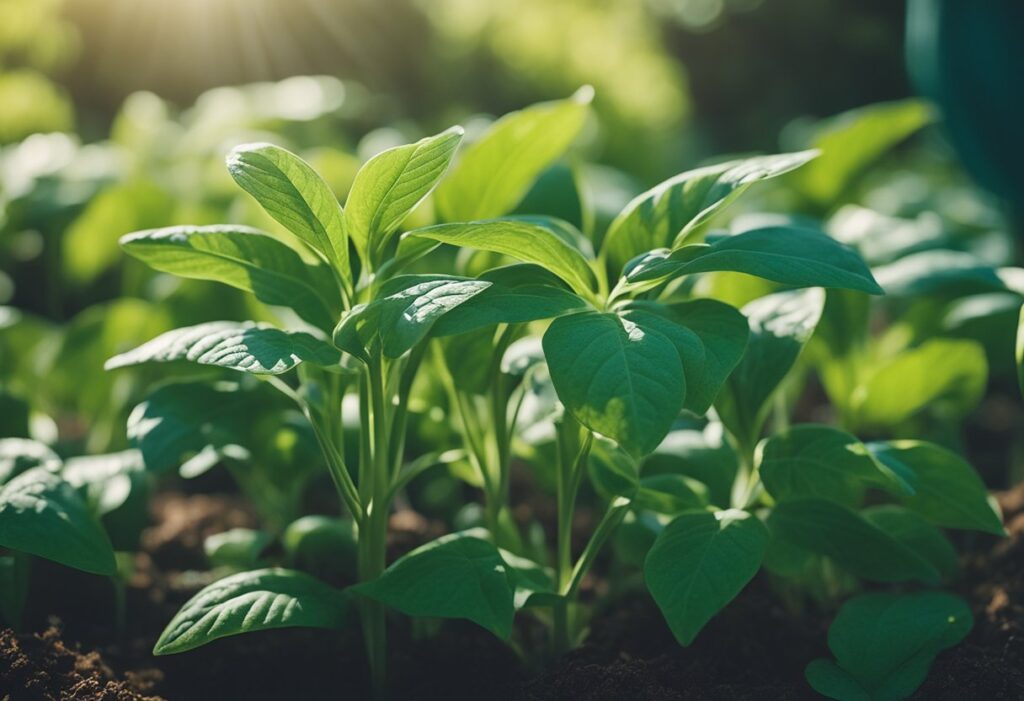
When growing Blue Dream seeds, creating the right environment is crucial for robust development. Indoors, you have full control over the climate and can precisely adjust factors to meet your plant’s needs. Outdoors, your ability to tweak the environment is more limited and often dictated by local climate patterns.
Temperature and Humidity:
Light Cycle:
Watering and Feeding:
Air Circulation and Ventilation:
Support Techniques:
Remember, your goal is to emulate the natural conditions that Blue Dream thrives in. By managing these factors effectively, your plants can reach their full potential.
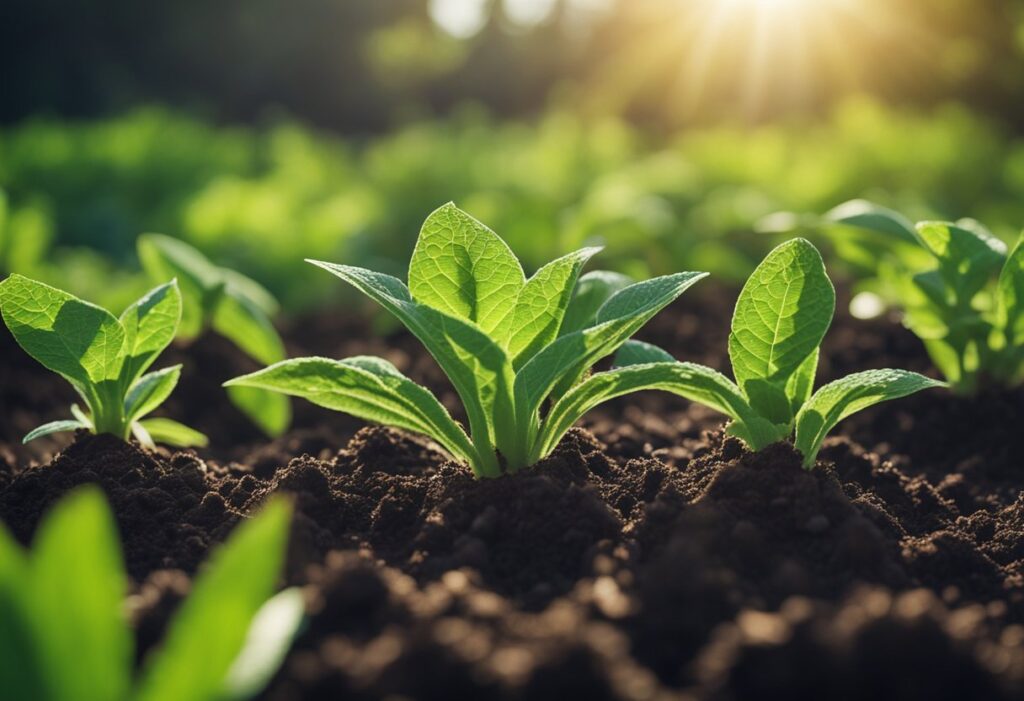
When growing Blue Dream, a popular cannabis strain renowned for its balanced THC content and elevation of terpenes, your cultivation technique can significantly influence the yield and potency of your harvest.
Topping: This is a form of high-stress training (HST). By cutting the main stem of your Blue Dream plant, you encourage the growth of multiple new stems, which can lead to a more bushy plant with numerous colas instead of one. This technique should be done early in the vegetative stage.
Low-Stress Training (LST): Unlike topping, LST is a method where you gently bend and tie the branches of your plants to change their shape and expose more bud sites to light.
LED Lighting: The right lighting is key during both vegetative growth and the flowering stages. LED lights provide the full spectrum necessary for optimum growth while being energy efficient.
Nutrient Management: Feeding your Blue Dream the correct nutrients at the right time ensures robust growth and bountiful flowering. Nutrients are especially critical during the flowering time when buds are developing.
| Growth Stage | Nutrients Needed |
|---|---|
| Vegetative | High nitrogen |
| Flowering | High phosphorus and potassium |
Ensure avoiding overfeeding, as this can lead to nutrient burn and diminished terpene profiles, detracting from the sensory pleasure and efficacy of the final product. Remember, the goal is a robust yield of high-quality buds rich in THC and complex terpenes.
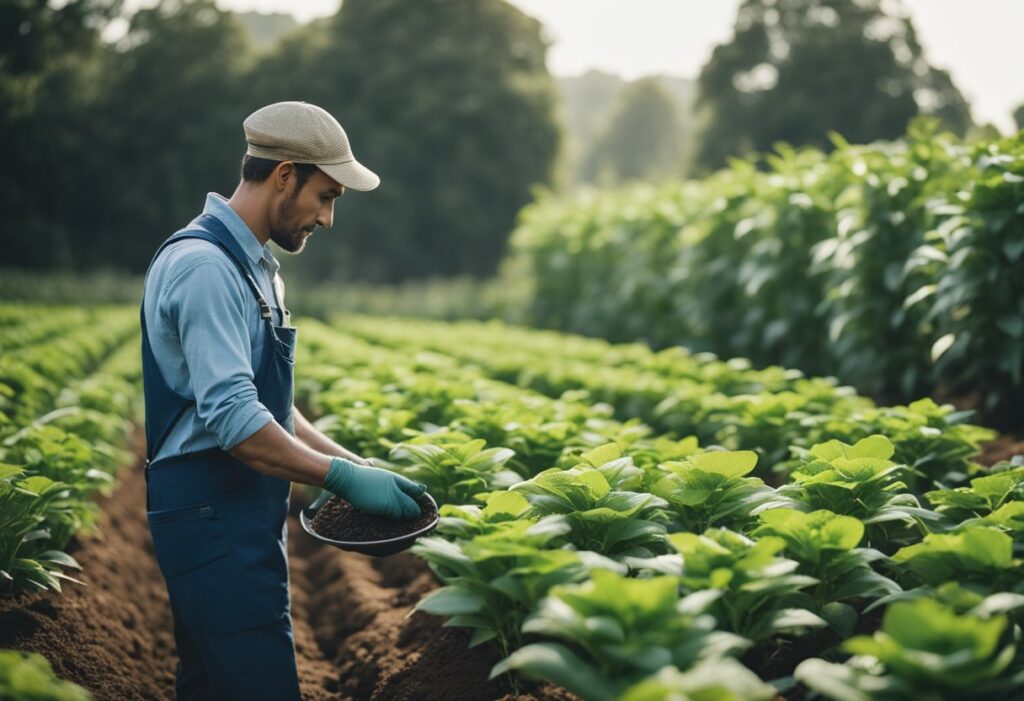
When your Blue Dream plants reach maturity, usually within the 8 to 10-week mark, they’re ready for you to start the harvesting process. It’s essential to harvest at the right time to maximize the aromatic terpene profile and potency.
Follow these steps for a smooth harvest:
Enjoying your harvest:
Experience the best of your harvest, and remember, taking the time to properly cure will significantly enhance your enjoyment. Whether you prefer smoking or vaping, the Blue Dream strain from Farmers Lab Seeds offers a harmonious blend of relaxation and an uplifting experience.
Navigating the nuances of cultivating Blue Dream can greatly influence the quality of your yield. This section addresses common questions that will help you optimize your Blue Dream plants’ soil conditions effectively.
For Blue Dream, you should aim to maintain a soil pH level between 6.0 and 7.0. This range allows for optimal nutrient uptake and is crucial for the healthy growth of your plants.
Your Blue Dream plants will need a balanced mix of macro nutrients such as nitrogen (N), phosphorus (P), and potassium (K), as well as essential micro nutrients including calcium, magnesium, and iron. Each plays a vital role in the different stages of your plant’s development.
During the seedling stage, keep temperatures between 72°F and 77°F. In the vegetative stage, aim for 72°F to 79°F. In the flowering phase, temperatures should be slightly higher, ranging from 80°F to 85°F for optimal growth.
Water your Blue Dream plants when the top inch of the soil feels dry. Ensure good drainage to prevent waterlogging, which can lead to root issues.
Blue Dream requires full spectrum lighting to thrive. Indoors, you can use LED or HPS lights with a 12/12 light schedule to promote flowering. If you’re growing outdoors, plants will naturally start budding when daylight hours decrease.
We ship and deliver world wide via USPS and various couriers.
We offer a wide range of secure and anonymous online payment options.
We care about you, our customer. Please contact us with any questions or concerns.
Find out more about the benefits of being a loyal and regular customer.
WE ARE EVERY GROWERS ONE STOP SHOP TO ACQUIRE PREMIUM CANNABIS SEEDS FOR SALE IN THE USA, CANADA AND AUSTRALIA

Farmers Lab Seeds 2024, | All Right Reserved
Seeds are sold as novelty items, souvenirs, and collectibles. They contain 0% THC. We encourage our customers to check the legislation in their Country, State, Province, and Municipality prior to purchasing items from our store. We do not provide growing information.
All seeds are sold as hemp, and lab tested under 0.3% THC. This product is not for use by or sale to persons under the age of 21. This product should be used only as directed on the label. It should not be used if you are pregnant or nursing. Consult with a physician before use if you have a serious medical condition or use prescription medications. A Doctor’s advice should be sought before using this and any supplemental dietary product. All trademarks and copyrights are property of their respective owners and are not affiliated with nor do they endorse this product.
These statements have not been evaluated by the FDA. This product is not intended to diagnose, treat, cure or prevent any disease. Individual weight loss results will vary. By using this site, you agree to follow the Privacy Policy and all Terms & Conditions printed on this site. Void Where Prohibited by Law.